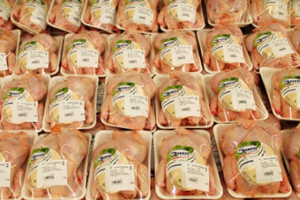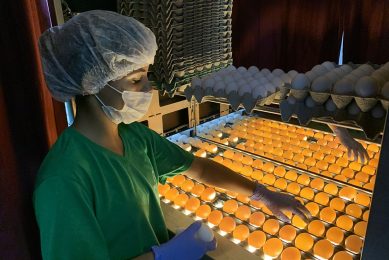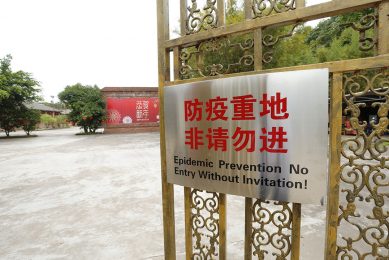Chicken and beef top list of US’s riskiest meats

Ground beef and chicken are by far the riskiest meat and poultry products in the American food supply and pose the greatest likelihood of hospitalization, according to a new report by the Center for Science in the Public Interest. Furthermore, according to the nonprofit group’s analysis of more than 33,000 cases of foodborne illness connected to products regulated by the US Department of Agriculture, chicken nuggets, ham, and sausage pose the lowest risk of foodborne illness.
“After closely reviewing the Center for Science in the Public Interest’s (CSPI)’s report entitled Risky Meat, A CSPI Field Guide to Meat and Poultry Safety, we concluded the report has notable flaws, but also recognises the outstanding job the industry, regulators, and consumers have done in reducing foodborne illness in this country,” said the National Turkey Federation in a statement.
“The report does right by reminding Americans that although industry prevention is very important, a significant portion of the illnesses can be prevented only by consumers. The CSPI report notes that the single-largest number foodborne illnesses it claims are associated with turkey, result from a pathogen that contaminates cooked meat and poultry left out too long before refrigerating.”
“Since 1998, the turkey industry has done a remarkable job at enhancing the safety of its products. As proof, USDA testing today indicates that more than 97% of all turkey carcasses, and almost 89% of all ground turkey sampled are Salmonella-free. Moreover, turkey companies devote millions of dollars to further reduce Salmonella, and all pathogens of concern in turkey products. The prevalence of Salmonella on whole turkeys is nearly 80% lower today than it was in 1996, and its prevalence on ground turkey has declined by 67% during the same time period.”
The National Chicken Council also commented on the report and suggested that consumer responsibility also plays a part in meat safety.
“Rigorous food safety standards are applied to all chicken produced in the United States, and all chicken products must meet or exceed these safety standards set forth by the U.S. Department of Agriculture’s Food Safety and Inspection Service (FSIS) in order to reach consumers,” said Ashley Peterson, vice president of scientific and regulatory affairs at the National Chicken Council.
“The bottom line for consumers is that all chicken is safe to eat when properly handled and cooked,” she said. “Consumers can continue to feel confident about including chicken as a lean, low-fat and high-protein part of a healthy, balanced diet”.
“The poultry industry takes very seriously any human illness attributed to the consumption of a poultry product. Poultry companies have invested tens of millions of dollars in technology and other scientifically validated measures to enhance the safety profile of chicken products. Continuous inspection and testing by USDA has demonstrated the long-term success of these interventions in providing a safe, wholesome and affordable protein for consumers.”
Peterson added, “In an effort to continue our progress towards reducing foodborne illnesses, we believe that the poultry inspection system should be modernized to transition to a model that is more science and risk-based.”
Peterson noted that from 2001 to 2010, the latest 10-year period for which data are available, outbreaks related to E. coli, Salmonella, and other dangerous pathogens decreased by more than 40%, according to CSPI’s own analysis. Additionally, CSPI clearly states that the illness data they use represent only a “small fraction of likely cases,” thereby biasing their data set from the start. Scientifically, if a complete data set were used and evaluated instead of evaluating only hand-selected data, the results would be quite different.












